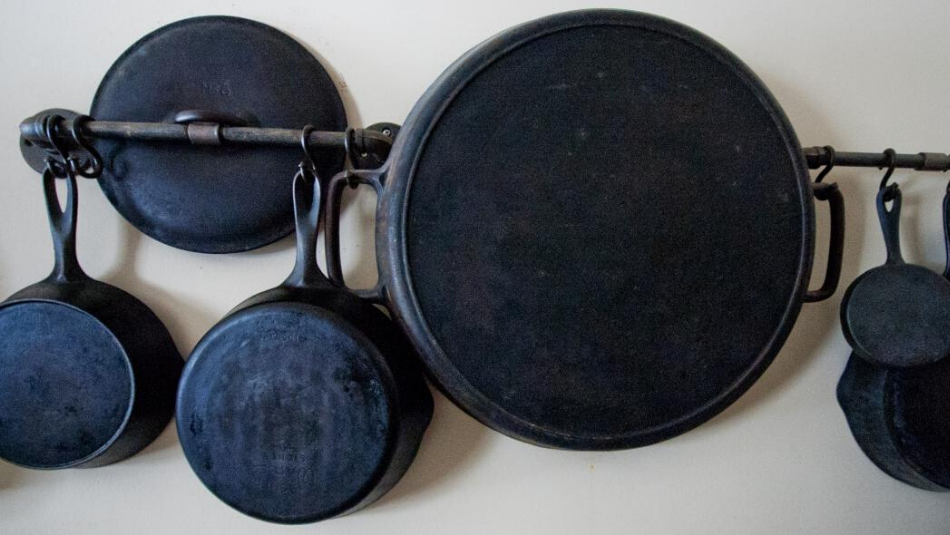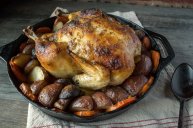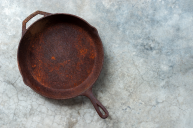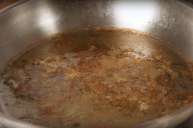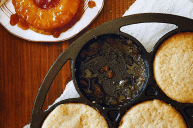A solid cast iron pan will take you farther than any other. You can make delicious bread, whip up skillet breakfasts for the whole family, and even use it as both a baking and serving dish for tasty dips. They are the workhorses of the kitchen and have remained as generations of home cooks continue to swear by their versatility and seasoning. However, for as much as we love them, cast iron skillets have their flaws, too; if you're not careful, you just might have a cracked cast iron pan on your hands. Not to mention is it even non stick or not already rusting. How about stainless steel? So many things can go wrong.
Videos by Wide Open Country
For one, it's best to avoid cooking acidic foods in them just in case they strip the seasoning. It's also ideal to have separate cast iron cookware for dessert and savory foods, if the idea of eating an onion-flavored skillet cookie displeases you. The real danger in cast iron has to do with sudden thermal changes, though. (Be extra careful with cooking surfaces.) About a year ago, Reddit user kmBlaine posted a photo of a cracked cast iron pan and a question about the cause.
I just had a cast iron pan explode on me. Didn't even know this was possible. Anyone seen anything like this before? from r/castiron
Many users chimed in, asking what the situation was before placing the pan on the stovetop. The answer reveals cast iron's weakness.
Putting the electric range set to high, it seems, likely caused the cast iron pan to crack in one curved line. As one Redditor pointed out, you can clearly see where the burning coil on the electric stove sat along the cracked line. Many began to blame the coils, not the cast iron. Others thought the brand of pan mattered, but really it all comes down to temperature.
Sudden Thermal Shock
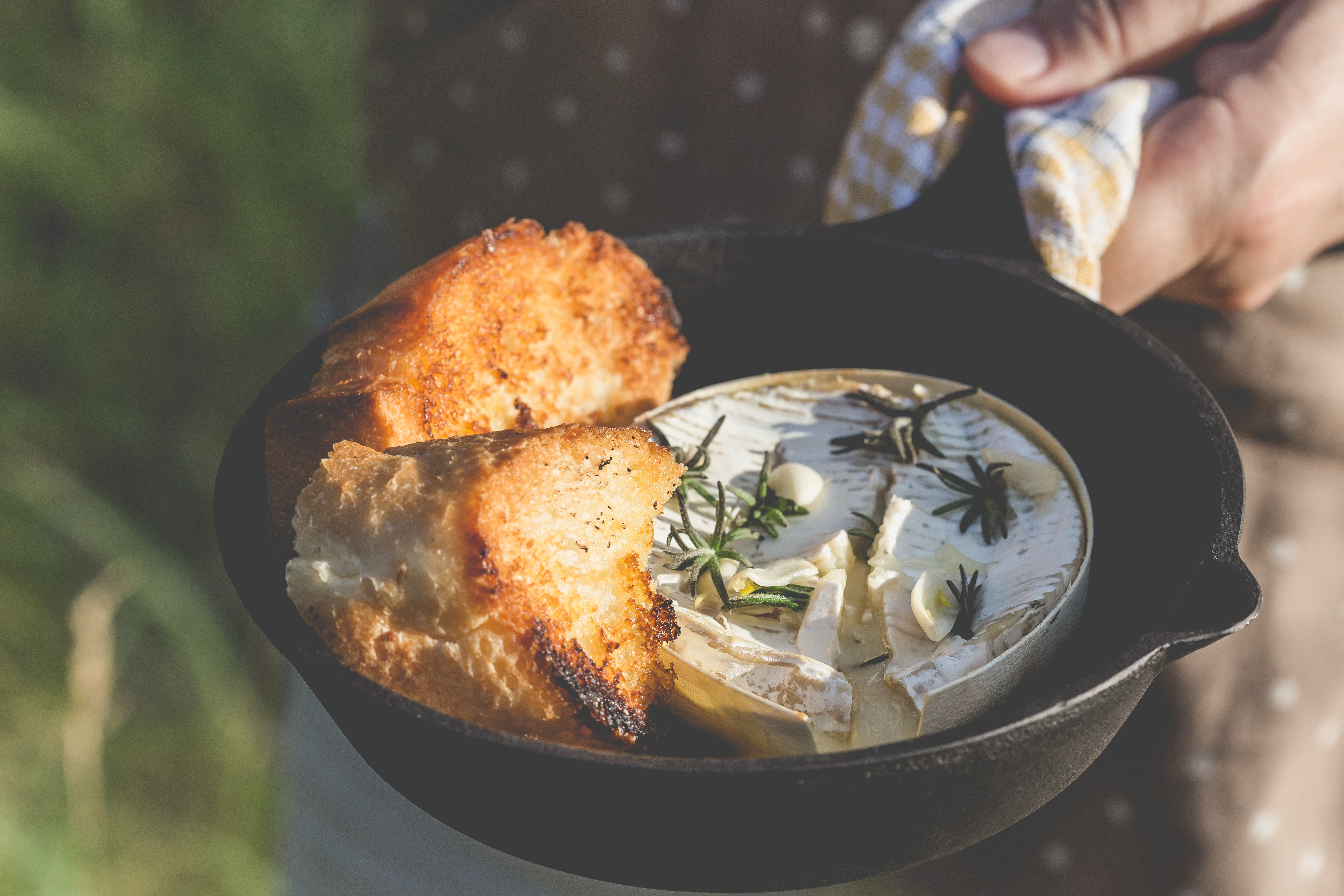
Thermal shock is most often associated with glass, one reason why Pyrex's patented borosilicate glass design was revolutionary in the 20th century. Essentially, thermal shock occurs when an object expands by different amounts based on a rapid change in temperature. The stress or strain of this temperature change does not always lead to broken pan, but this is certainly how a hairline crack begins.
Sudden thermal shock happens regardless of the materials at hand. Hard rocks, like quartzite, can be affected, as are ice cubes placed in a glass of warm water. The crack you hear when you pop those cubes in is sudden thermal shock at work. And when you place your cold cast iron on a stove set to high, it is possible that your own pan could shatter. The opposite is also true. Fill a hot pot or pan with cold water and you run the same risk. Fill an ice-cold pan with hot water, and the same is true.
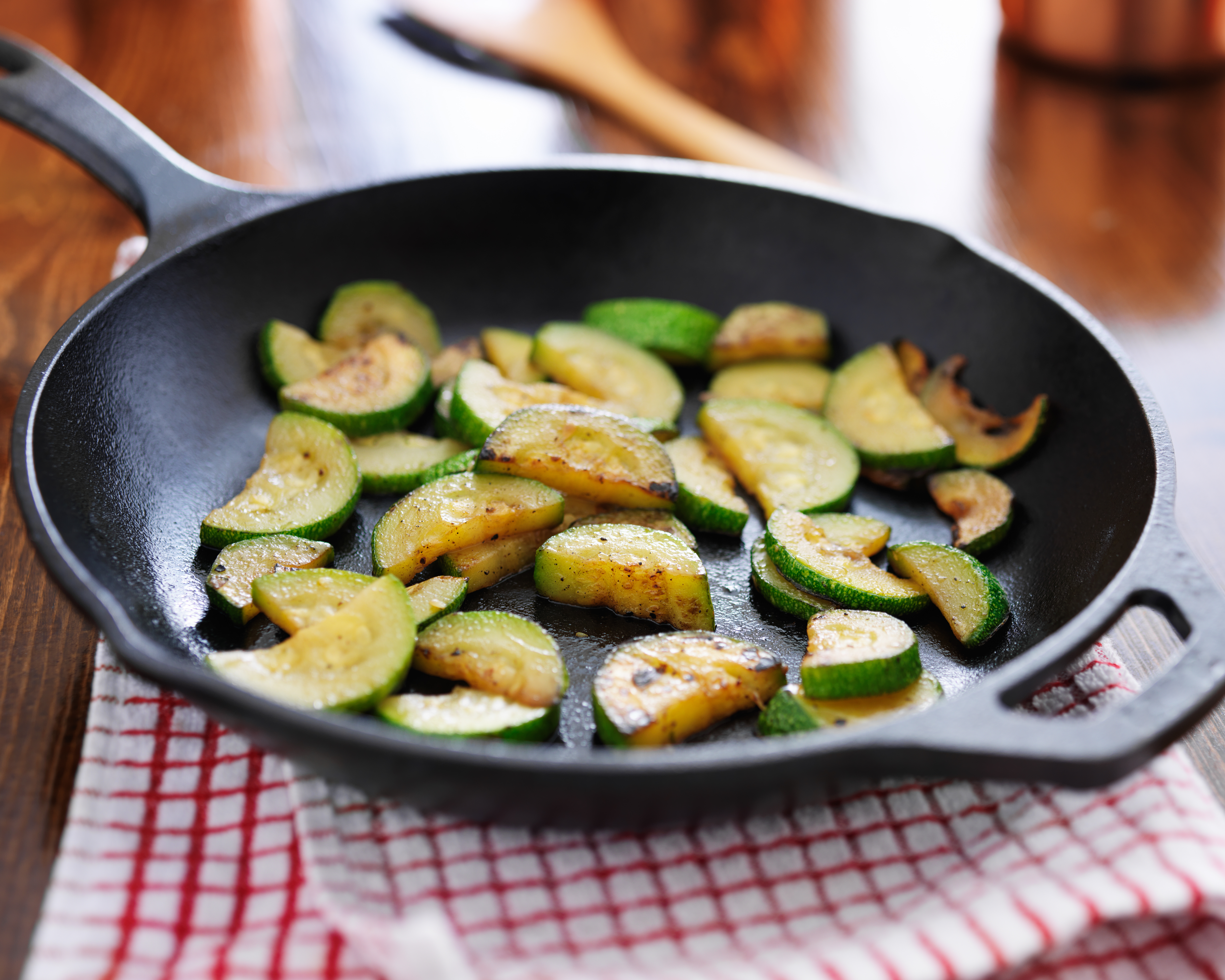
It's not just about cracked cast iron frying pans, either. This can happen to your cast iron Dutch oven, vintage cast iron you found at the flea market, and even your beloved cast iron griddle. When it comes to the brand of pan, just about every manufacturer has a disclaimer about sudden thermal shock. Le Creuset, for example, warns:
Always cool a hot pan for a few minutes before washing.
Do not plunge a hot pan into cold water. While Le Creuset's enamel is designed to be the most durable on the market, thermal shock may still occur, resulting in cracking or loss of enamel.
One careless move in the kitchen could send a small fracture through your pan. Ideally, you should never heat your cast iron above medium-high heat. Because it retains heat so well, medium heat is all you truly need when preheating and cooking.
Fixing Cracked Cast Iron
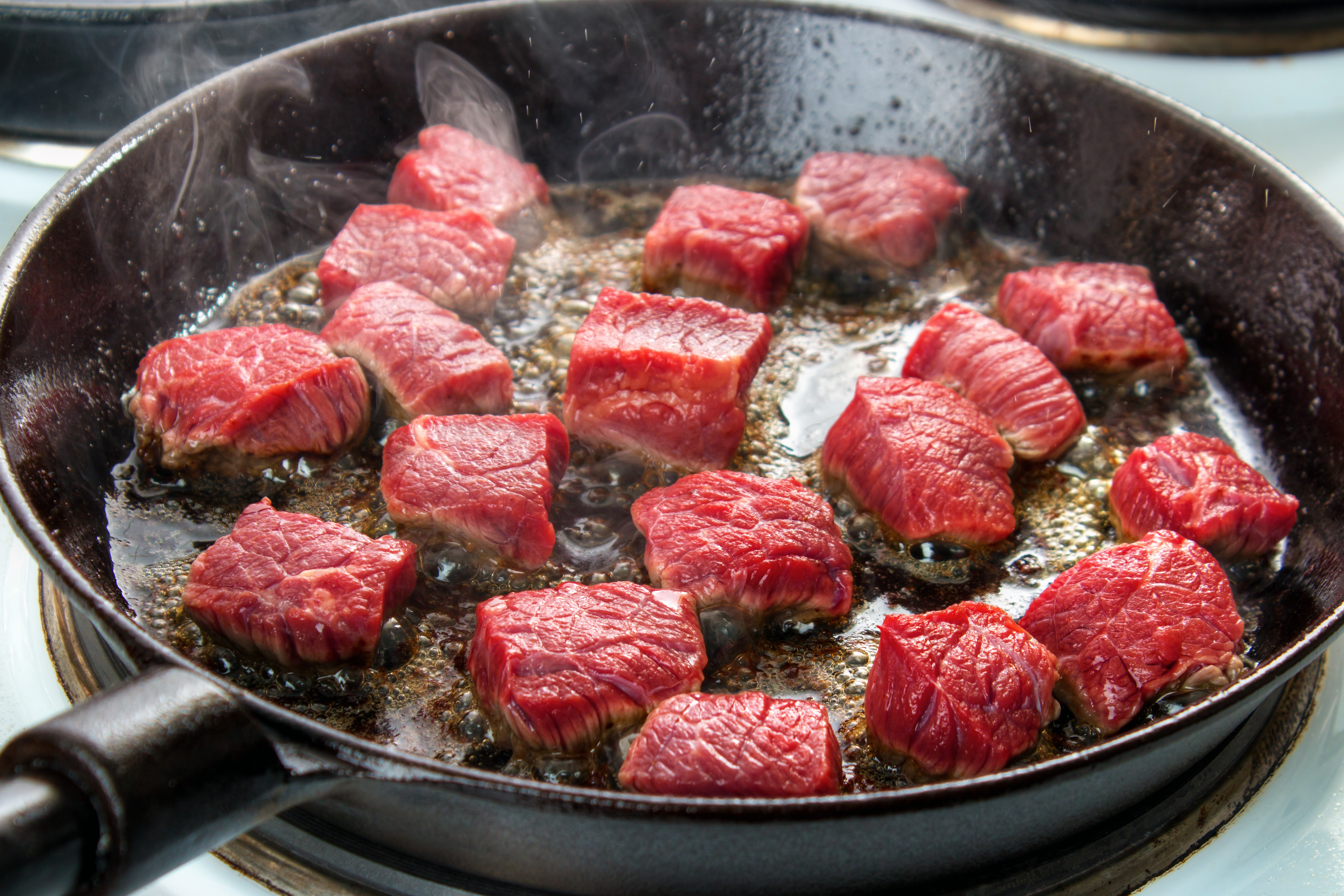
So it happened. Your old cast iron pans have a few small cracks. When your cast iron cracks, but doesn't break, can you fix it? There are many welding techniques for repairing cracked cast iron, but welding cast iron is tricky because it behaves differently than other metals. Because it is brittle and has a tendency to crack when the weld cools, it's best to take it to a professional welder if you're not well versed in the industrial arts.
Instead of tossing in the towel and ordering a new pan, though, you can try to rescue your pan without having to weld cast iron. Sciencing has an excellent how-to on repairing cast iron without welding, and it involves using a brazing torch and a filler rod. You'll also need sand to heal those cracks or build up.
In the end, it's best to consider either retiring the pan or having it welded by a professional. Ultimately, the price you'd pay for the work of a welder might not make sense and you might be better off buying a new pan from Amazon. If it was an antique cast iron skillet from your great grandmother, though, the cast iron repair might be worth it.
This article was originally published on April 11, 2019.
